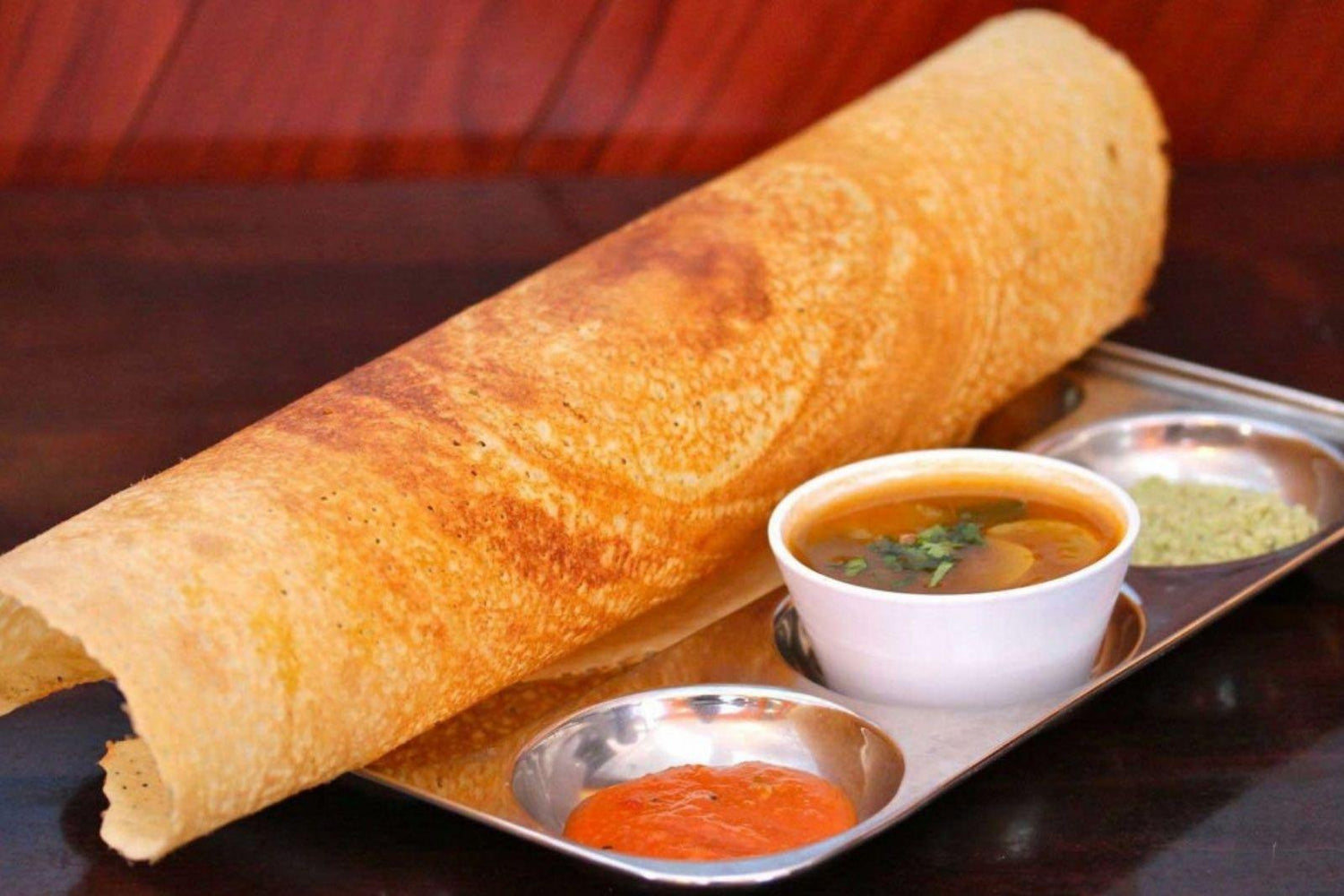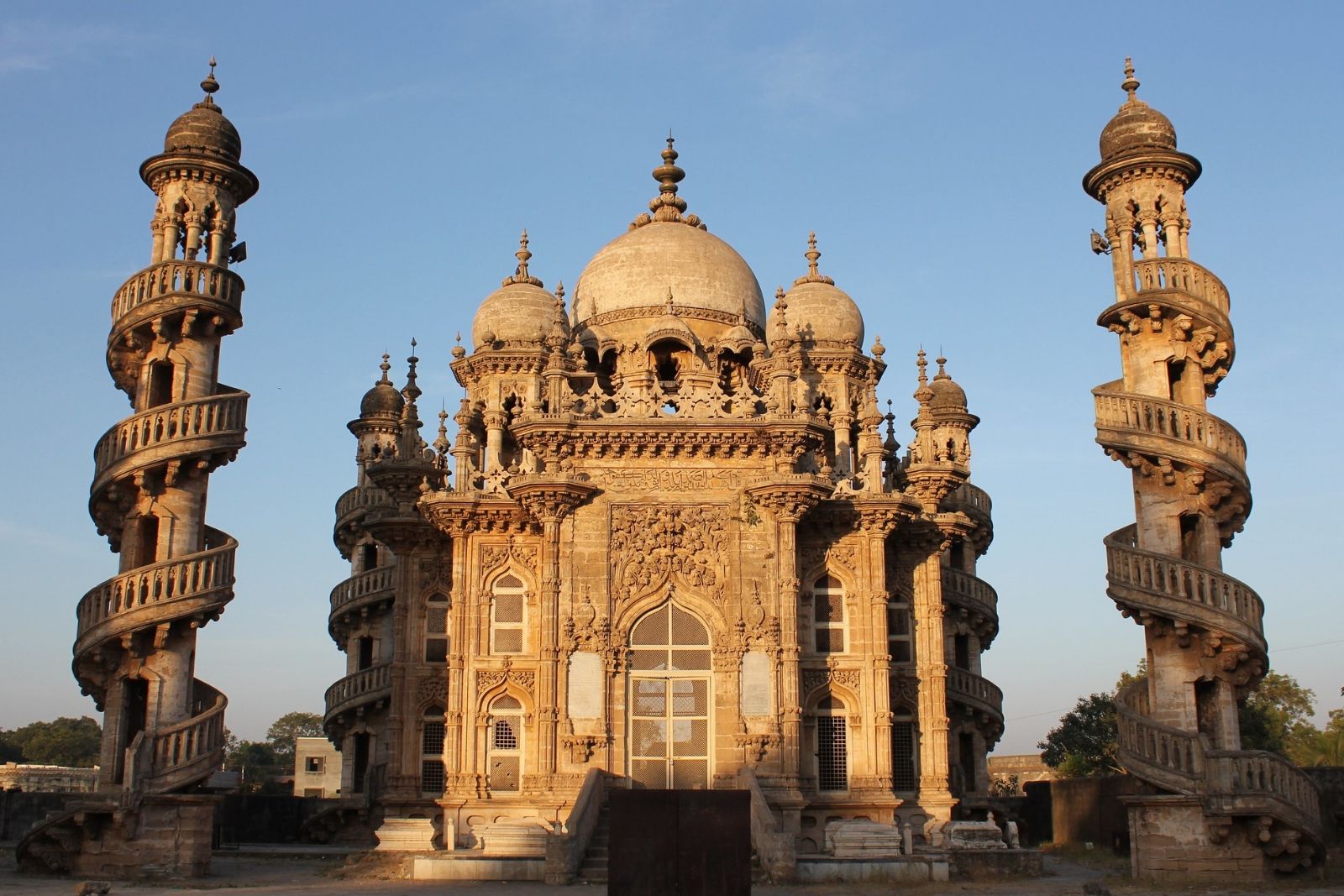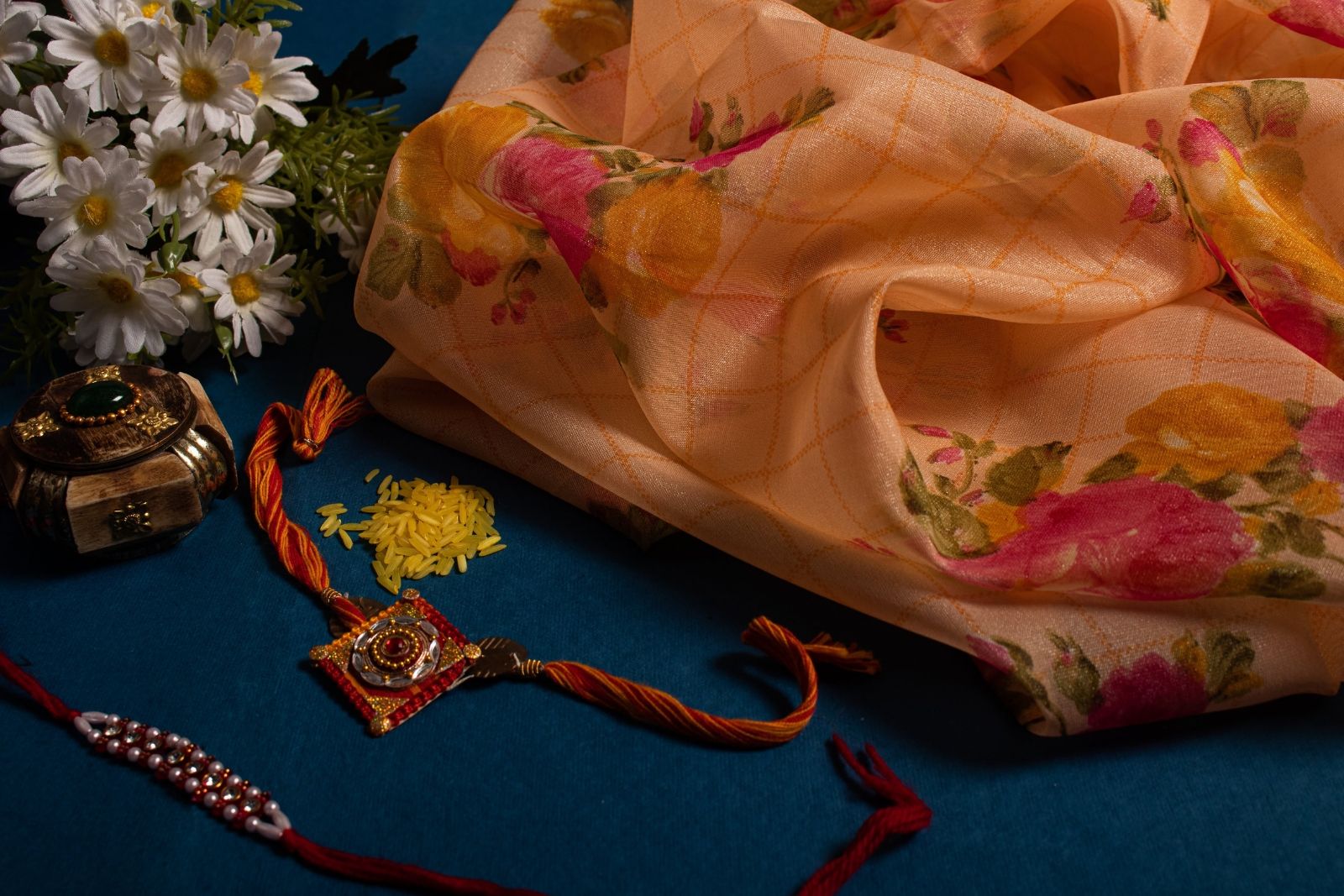When the lines ‘coconut mein lassi milake, aajao saare mood banake’ ring in the ears, the crowd goes wild to one of India’s most favorite party songs, Lungi Dance. This song, while demonstrating the stark differences between the North and South, still perfectly encapsulates the celebration of those very differences! In many ways, north and south may stand poles apart, but at the end of the day, we’re so adapted to each other’s way of life that we don’t see those differences anymore rather embrace each other’s uniqueness and the rich ethos.
We’ve adapted so much in fact, that certain aspects of both cultures have trickled into our everyday lives. This article delves into some well-known objects that we use every day, but don’t realize that they have their origin in the opposite part of the country.
Coconut:
Coconut oil is the most underrated item in every household, which has numerous uses, from cooking to grooming. Every ritual starts with breaking open a Coconut as an offering to the Murthi, in fact, we use the fruit in everyday items without even realizing it, like coir ropes. However, how many of us have wondered about the origin of this wonder-fruit? 92% of the coconuts cultivated in India are from the 4 southern states of Kerala, Tamil Nadu, Karnataka, and Andhra Pradesh.
In 2011, a research study by University of Washington found out that all existing coconuts at present can be divided into two categories, Indian and Pacific, where the Indian variation can be traced back to the coastal lines of South India. That’s something to ponder the next time you’re sipping on some tender coconut water!
Silk:
When we think of Silk, India is an extravagant galore of this majestic weave! From Banarasi to Kanjeevaram, Mysore to Maheshwari, this evergreen fabric is present well in the North and the South! However, the gorgeous Kancheepuram Sarees in the south enjoys special, star-studded attention in the Silk category for their opulence and grandeur in designs.
The states of Karnataka, Tamil Nadu, Andhra Pradesh, West Bengal, and Jammu & Kashmir are responsible for producing 95% of all Raw silk materials for the country's extensive use. Legend has it, that Chinese traders brought with them the art of sericulture and spread to the Southern Indian States of Tamil Nadu and Andhra Pradesh. And Voila! That led to the birth of this beautiful and rich fabric.
Chatai/ Mat:
Chatais or Paai as it’s called in Tamil is such an integral part of the Indian household and is found in all walks of life, be it a humble village home or a fancy wedding hall. The traditional dried grass mats, also known as Koorai Paai are crafted by hand and manufactured in the Pattamadai region of Tirunelveli in Tamil Nadu. The process of making the mats include soaking the Koorai or Goorai Grass and splitting them into fine strands, which are then weaved together. The finer the Koorai strands, the more expensive the mat. In South India, these mats also have a cultural significance, wherein the mats are made especially for newlyweds on their wedding night and have the date of the wedding weaved into the mats.
Sandalwood:
Mysore Sandal Soap is a product which is ever-present in several Indian households. The pleasant smell of sandal finds its production in various products like soaps, face packs, and incense sticks. The Sandalwood incense sticks for ages have been used as a ritual tool in North India. It is said that Indian Sandalwood is in high demand and preferred over its foreign counterparts due to the presence of high levels of Santalol, which is the chemical compound responsible for the pleasant smell. Sandalwood is mainly grown in the forests of Karnataka, Kerala and Tamil Nadu, which accounts for 85% of the country's production. So, next time you travel to Karnataka, don’t miss out on hoarding some sweet-smelling sandalwood into your travel bag.
Masala Dabba:
It’s no surprise that we Indians love our spices. From your grandma’s kitchen in your native village to your chic aunt’s modular kitchen in the USA, every desi household has a pack of traditional Indian spices! The Masala Dabba is known by many aliases, Masala Dabbi, Masala Dani, Anjarai Petti, etc. The Masala Dabba has its origins in ancient times, where compartments were carved into the wood to store the spices. The wood absorbs the moisture and allows ventilation in the humid climate of the coastal areas in the south. Later, the practical nature of the design led to a boom in its production and spread to various parts of the country. The dabbas are now made of various materials like iron, steel and even plastic in recent years.
Not so South Indian
Sambar:
To claim that Sambar is not a South Indian dish is almost blasphemy. The staple dish prepared with dal and spices which remains a hot favorite in every South Indian’s home and South Indian cuisine is said to have originated in the kitchens of Sambhaji, who attempted to make dal and accidentally added tamarind juice to it. Thus, a new dish was born and was supposedly christened Sambar after Sambhaji himself. Sorry, Sambar-connoisseurs!
Even though we identify so many cultural differences in the vast expanse of the Indian Subcontinent, there are certain aspects with which we possess a shared identity over and celebrate as our own. Wherever the origin may be, these things have indeed been accepted as a part of the Indian culture as a whole!
Goli Soda:
Before the age of Coke and Mountain Dew, summers were filled with the taste of fresh Aam ras and Nimbu pani made with fresh soda, which would come out of glass bottles sealed with a Goli or Marble. The memory of drinking Goli Soda included watching the shopkeeper open the bottle with a ‘pop!’ and then watching the marble roll around inside the bottle after. Goli Soda is said to have originated in Bengal and Punjab, where it got its alternate name ‘Banta’. Till date, it remains a staple drink on a hot day in many cities in the North as well as the South.
Although southern parts of the country like Tamil Nadu and Andhra Pradesh have their own version called ‘Panneer Soda’ which is a sweet drink made with rose water (which isn’t everyone’s cup of tea!), we owe the origin of the infamous Goli Soda to the North.
Take a moment to share this blog with your North or South Indian friend and savor the taste of these complementing cultures. Get the taste of North and South at Fabriclore.com as you spot and shop the widest variety of Indian textile crafts, fabrics, sarees, dupattas and more, hand-picked from artisans spread across the country.
Authored by: Vanathi Panneerselvam




